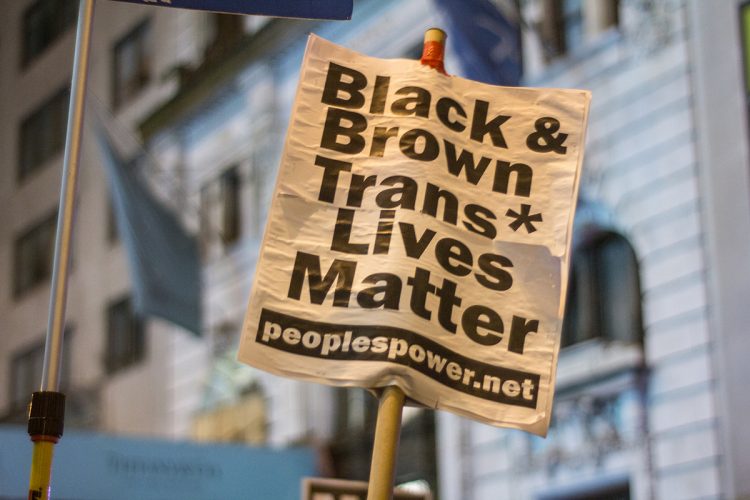I listened to a discussion among Asian-American PCA pastors about race and ethnicity and was surprised to hear the use of “white normativity” as frequently as they did. They object strenuously to white normativity in the church. I wonder about that way of putting it since John Frame and I are both white and yet the differences he and I have about worship have little to do explicitly with being white. I do, by the way, like the idea that Frame’s brief for Contemporary Christian Music has as much white culture attached to it as exclusive psalmody since the old canard about so-called traditional Presbyterian worship was that it was too white, male, European, and suburban (even though none of the Westminster Divines had a clue that Levittown was on the horizon of white cultural normativity).
Here is one example of the use of white normativity from one of the interlocutors’ talks/homilies/speeches:
That leads to a deeper and better informed repentance, does it not? One that names with far greater specificity, repenting of specific sins specifically…one that names with far greater specificity the problem of white cultural normativity and supremacy in the church.
If you wanted to know the instances of white normativity in the church, like too much stuff that white people like, you might be surprised to hear that wealth is an instance of white dominance in the church and a way to repent is for whites to pay ecclesiastical reparations to black and people-of-color congregations. But wait, isn’t currency itself a form of white normativity? Can you really make up for it by relying on it in the way you make up?
Aside from that logical speed bump, the real point here is how do you head down the rhetorical path that relies on intersectional ideas like white normativity and turn off before you arrive at heteronormativity. After all, for the leaders of Black Lives Matter, the systemic nature of injustice does not stop with skin color but runs all the way to sexual identity:
We are guided by the fact that all Black lives matter, regardless of actual or perceived sexual identity, gender identity, gender expression, economic status, ability, disability, religious beliefs or disbeliefs, immigration status, or location.
We make space for transgender brothers and sisters to participate and lead.
We are self-reflexive and do the work required to dismantle cisgender privilege and uplift Black trans folk, especially Black trans women who continue to be disproportionately impacted by trans-antagonistic violence.
We build a space that affirms Black women and is free from sexism, misogyny, and environments in which men are centered.
This is not some threat about where ideas lead. Some PCA pastors could make a real contribution and explain how to address racial and ethnic inequalities or discrepancies while excluding discussions of sexual orientation, gay marriage, and Christian-family-normativity in general. Since I don’t rely on the arguments that lead someone to detect white normativility and then reject it with contempt, I can’t do the heavy lifting here.
But since the PCA is at a difficult juncture about homosexual identity, some in the communion may want to ponder whether white normativity and heteronormativity tend to pick up speed on the slope of normativity.







